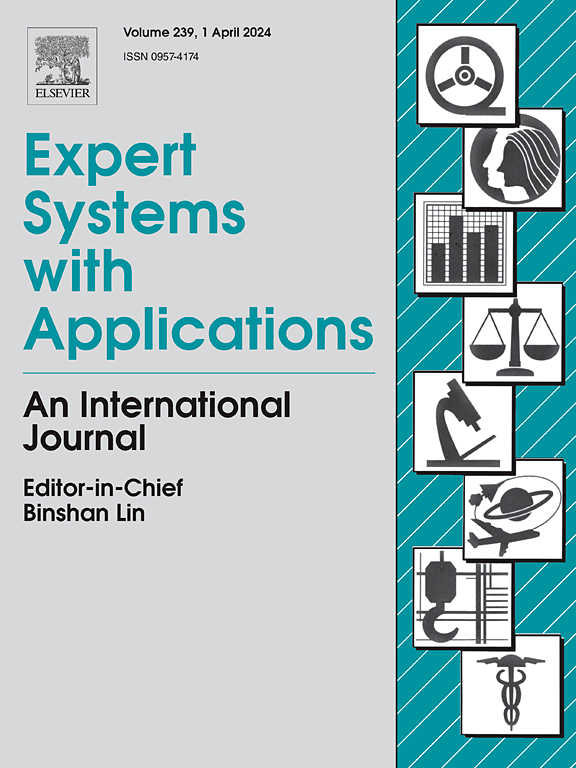An enhanced combined model for water quality prediction utilizing spatiotemporal features and physical-informed constraints
IF 7.5
1区 计算机科学
Q1 COMPUTER SCIENCE, ARTIFICIAL INTELLIGENCE
引用次数: 0
Abstract
Water quality is vital for both human health and the ecological environment, and accurate predictions of the Water Quality Index (WQI) play a key role in timely monitoring of water conditions, providing essential support for environmental protection and management efforts. However, most existing studies focus on single monitoring sites, overlooking the interactions between neighboring locations. To address this limitation, this paper proposes a comprehensive water quality prediction framework that integrates spatial feature extraction, ordinary differential equations, and physical-informed constraints, called PI-GCN-SRLSTM. This framework enables WQI predictions across multiple sites and future time steps. First, a two-layer Graph Convolutional Network (GCN) is employed to capture the spatial features of WQI. Next, an enhanced Long Short-Term Memory network (LSTM), based on a second-order residual network (SRLSTM), is designed to capture complex temporal dynamics. Finally, to ensure predictions remain realistic, a gradient constraint is incorporated into the model’s loss function, improving the stability and reliability of the results. Experimental results based on the Chaohu lake dataset demonstrate that the proposed framework outperforms state-of-the-art benchmark models across six evaluation metrics: RMSE, MSE, MAE, MAPE, m1, and m2, with improvements of 30.47%, 43.04%, 29.57%, 29.92%, 0.83%, and 1.63%, respectively.
求助全文
约1分钟内获得全文
求助全文
来源期刊

Expert Systems with Applications
工程技术-工程:电子与电气
CiteScore
13.80
自引率
10.60%
发文量
2045
审稿时长
8.7 months
期刊介绍:
Expert Systems With Applications is an international journal dedicated to the exchange of information on expert and intelligent systems used globally in industry, government, and universities. The journal emphasizes original papers covering the design, development, testing, implementation, and management of these systems, offering practical guidelines. It spans various sectors such as finance, engineering, marketing, law, project management, information management, medicine, and more. The journal also welcomes papers on multi-agent systems, knowledge management, neural networks, knowledge discovery, data mining, and other related areas, excluding applications to military/defense systems.
 求助内容:
求助内容: 应助结果提醒方式:
应助结果提醒方式:


